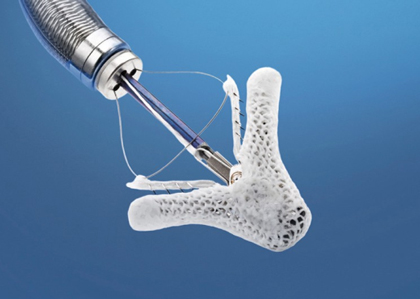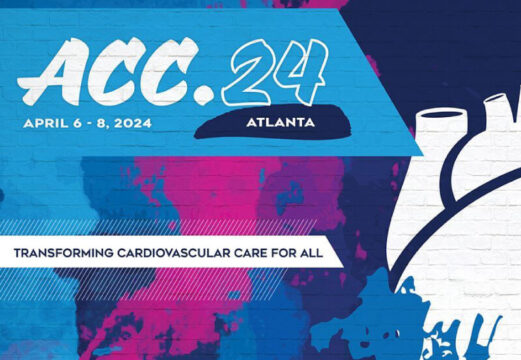Mitral regurgitation (MR) is the most frequent type of valve heart disease, and the COAPT has shown that edge-to-edge with guideline directed medical treatment (GDMT) at maximal tolerated dose (MTD) is superior to medical treatment alone.

However, we did not have a score to predict patient evolution when treated with this strategy.
Researchers analyzed the COAPT study looking to identify the predictors of mortality and hospitalization for cardiac failure.
The COAPT randomized 614 patients to receiving edge-to-edge plus GDMT vs. GDMT alone.
There were no differences in the populations.
After a two-year followup, Edge-to-edge + GDMT resulted superior, with lower mortality and hospitalization rate for cardiac failure. (44% vs 64.4% P<0.001).
At multivariable analysis, predictors of mortality and cardiac failure were found to be right ventricle systolic pressure, tricuspid failure ≥2+ and kidney failure stage IV.
After adjusting predictors, four clinical and four echocardiographic variables were obtained. A score was given to each of them.
The clinical variables were NYHA functional class III-IV (+1), COPD (+1), a history of atrial fibrillation or flutter (+1) and kidney function deterioration, which was divided into stages III (+1) and ≥IV (+3).
The echocardiographic variables were right ventricular systolic pressure >45 mmHg (+3), left ventricle end systolic diameter > 5.5 cm (+2), tricuspid regurgitation ≥2+ (+2), and left ventricular ejection fraction, between 25% and 35% (+1) and <25% (+2).
Patients receiving Edge-to-edge + GDMT were subtracted 3 points (-3).
Scoring went from -3 to 15 points.
Area under the curve of the risk score model was 0.74.
With this risk score, at 2 years, mortality and cardiac failure rates were 34.9%, when the score was between -3-2; 48.9% between 3-4; 63.2% between 5-6; and 83.1% between 7-15.
Conclusion
A simple risk score of clinical, echocardiographic and treatment variables might come in handy for the prognosis of patients with heart failure and severe mitral valve regurgitation.

Dr. Carlos Fava.
Member of the Editorial Board of SOLACI.org.
Original Title: Prediction of Death or HF Hospitalization in Patients With Severe FMR. The COAPT Risk Score.
Reference: Neeraj Shah, et al. J Am Coll Cardiol Intv 2022;15:1893–1905.
Subscribe to our weekly newsletter
Get the latest scientific articles on interventional cardiology




